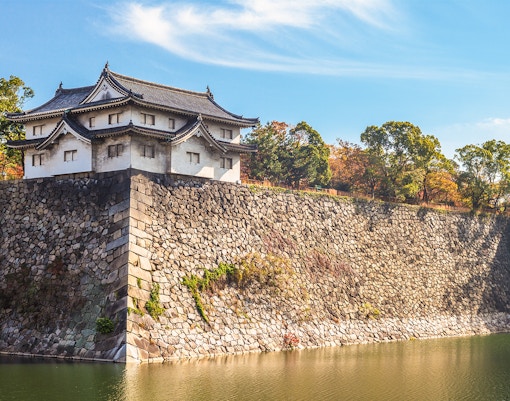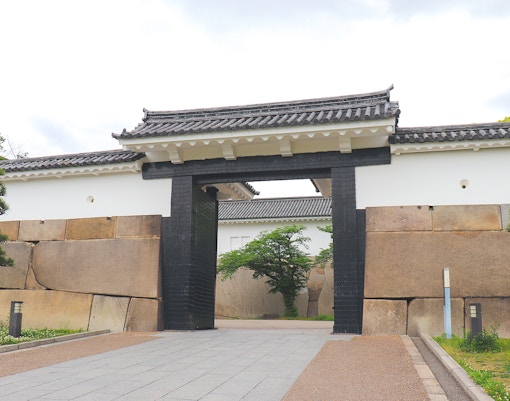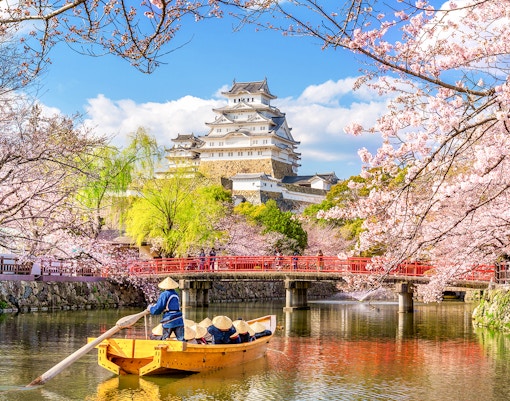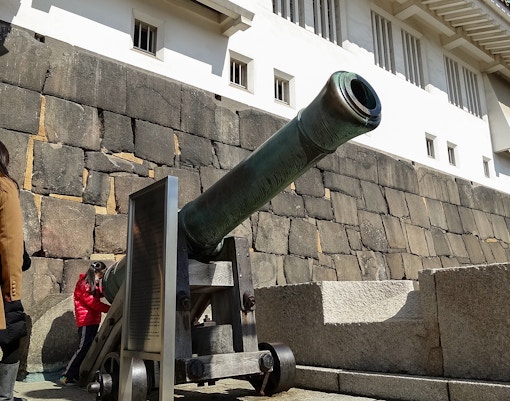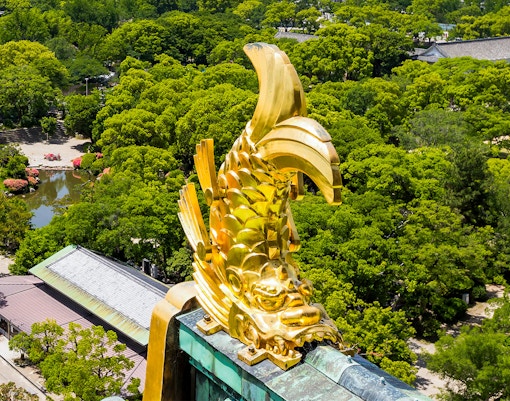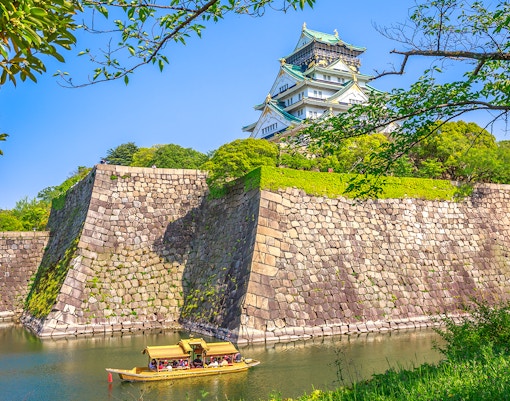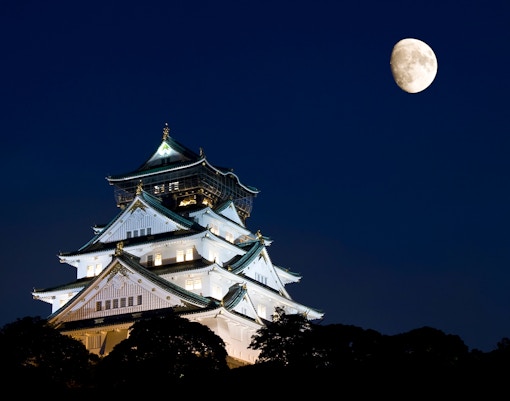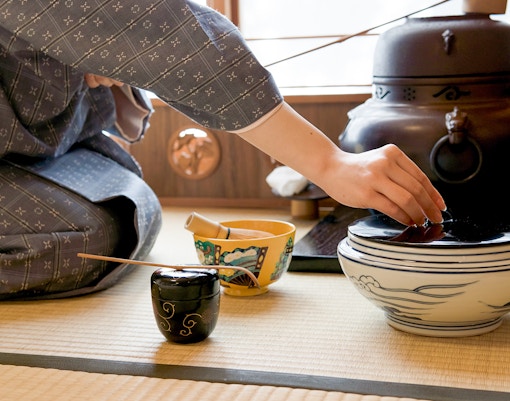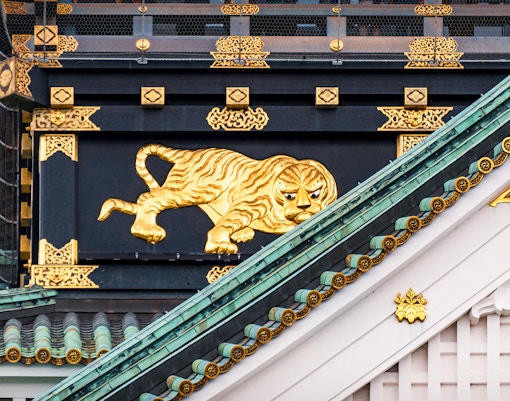Osaka Castle is an iconic landmark that dates back to the sixteenth century and is a glorious testament to traditional Japanese architecture. A perfect blend of strength and beauty, the castle's design is meant to impress and inspire awe with its immaculate white walls, stately towers, and sprawling gardens. Whether you want to soak in the views from the outside or explore the museum inside, Osaka Castle is a must-visit destination for your journey to Japan. So, pack your bags and get ready to discover the fascinating architecture and history of Osaka!


